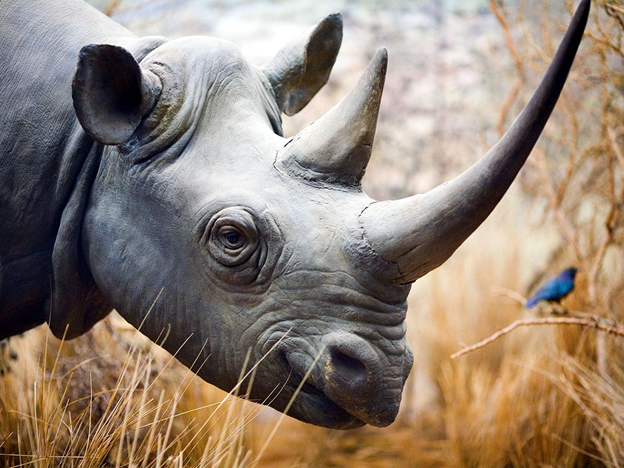How To Avoid Spilling Coffee
May 6, 2012 in Daily Bulletin

At a fluid dynamics conference two researchers noticed that conference-goers had significant amounts of trouble preventing their drinks from spilling. Seeing as this was a fluids dynamics conference this struck them as somewhat ironic, writes Jon Cartwright, and inspired the two to research how best to avoid spilling coffee. Their findings include:
- The researchers asked experiment participants to walk at different speeds with a full mug of coffee in their hands, in a laboratory that was specially equipped with cameras designed to track the sloshing of the liquid.
- They found that mugs have natural frequencies that are related to a person’s leg movements as they walk.
- The research suggests that individuals should leave a gap of about one centimeter between the top of the liquid and the top of the mug to avoid spills.
- The most effective way to avoid spills is to watch your coffee as you walk – that almost guarantees no spills.
To read about the technologies that coffee mug manufacturers could employ to make their mugs more spill resistant, why they probably won’t, some of the limitations of the study, the “Nobel” prize that they might win, and more details about how the study was conducted, click here.
Source: Science Magazine






![The-Avengers-the-avengers-29517985-1600-1200[1]](http://www.Centives.net/S/wp-content/uploads/2012/05/The-Avengers-the-avengers-29517985-1600-12001-1024x768.jpg)


Join the Discussion! (No Signup Required)